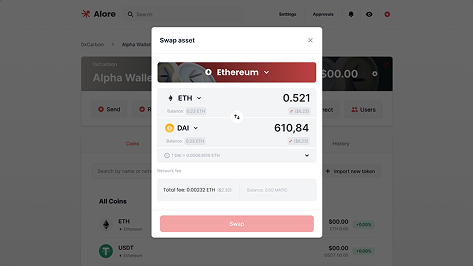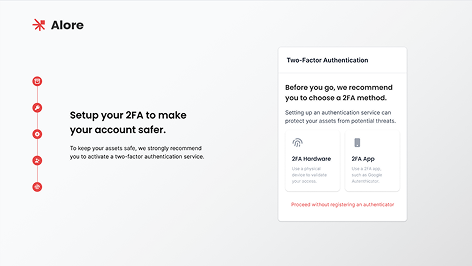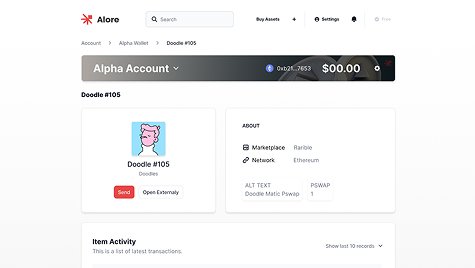ALORE

DISCOVERY & RESEARCH
MARKET NEED
Alore emerged from a need in the Brazilian market for enterprise or group asset management, and ended up becoming a solution for Web2 developers to migrate to Web3 in a guided way, facilitating the blockchain learning process in a practical manner.
The product was born from the CEO's desire to create a complete and fully Brazilian Web3 solution, but with a differentiator: B2B/enterprise focus. We started with the team working on a branding that valued Brazil and then moved on to the research phase.
COMPETITIVE ANALYSIS
In our first studies, we sought to understand how international competitors solved the barriers to entry from Web2 to Web3. For this, we conducted a competitive analysis, which made it clear that Web3 products were being created for a niche of users already inserted in this ecosystem. This made it difficult to interest those outside — especially more traditional companies.

ENGAGEMENT PATTERNS
To increase engagement on first contact, we also investigated usage patterns and the main enterprise features existing in Web2 products in the financial and e-commerce sectors.
The following points became essential:
- Mandatory social login, for ease and speed;
- The less friction in onboarding, the better;
- The user doesn't need to understand the technology to use it;
- The more we can guide the user, the better;
- Since it's an enterprise product, it would be necessary to strongly emphasize security, both in communication and in platform functionalities.
VISUAL POSITIONING
We also wanted to understand where Alore stood among competitors and how we could attack the visual part of the product. For this we used the Competitive Landscape and Semantic Panel tools. We concluded that although the web3 ecosystem has a very modern visual, we couldn't go too far in this direction so as not to 'scare' the traditional companies we wanted to attract.
Among competitors, we wanted Alore to fit into a competitive profile that was mass appeal and friendly.

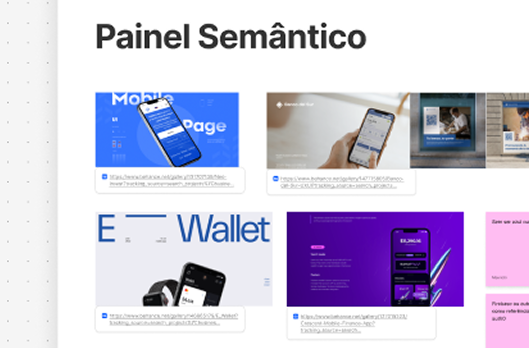
IDEATION & DEVELOPMENT
CSD MATRIX
We listed important topics and built a CSD matrix to visualize how we could work on the product ideation part.
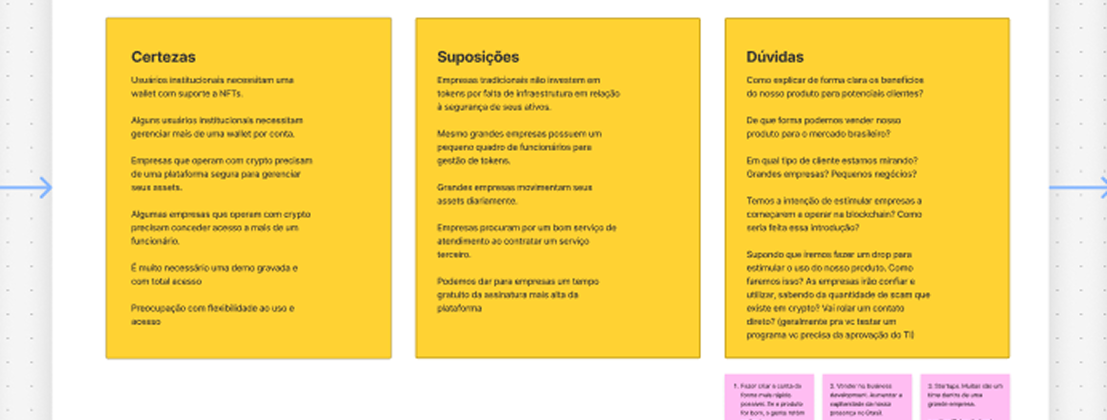
USER FLOW MAPPING
From the matrix and studies, we created a sitemap and different user flows to map possibilities and paths within the platform. We broke down each flow and functionality, and started low-fidelity prototypes, with the goal of validating whether we were maintaining Web2 patterns combined with strong security appeal.
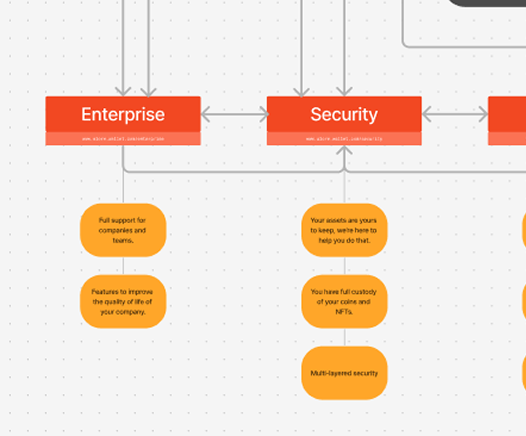
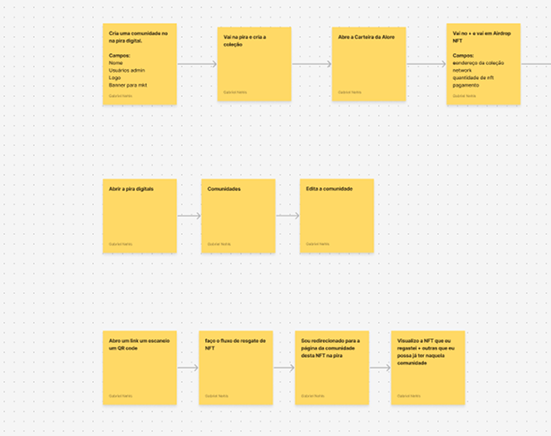
PROTOTYPING AND VALIDATION
After some iterations, we achieved a good result and moved on to high-fidelity prototyping, while the development team was already working in parallel on the security part.
We tested the prototypes internally and with partner companies, validated the security functionalities and developed our enterprise Web3 wallet.
Over time, we realized that some security functionalities — which were previously considered exclusive to the enterprise environment — became common, especially after failures in large exchanges and security scandals. It was then that we decided to transform our wallet into a showcase product, with the objective of offering an API.
This API maintained the same focus as the wallet: facilitating the migration from Web2 to Web3 — that is, making it as dev-friendly as possible for Web2 developers.
API AND DOCUMENTATION

We worked on clear documentation and simple implementation guides, so that even developers without prior knowledge in blockchain or smart contracts could:
- Create an account;
- Generate a wallet;
- Send and receive assets with ease.
The wallet usability testing rounds gave way to API implementation tests and feedback collection from users and partners who started integrating Alore into their own products.
PRODUCT

